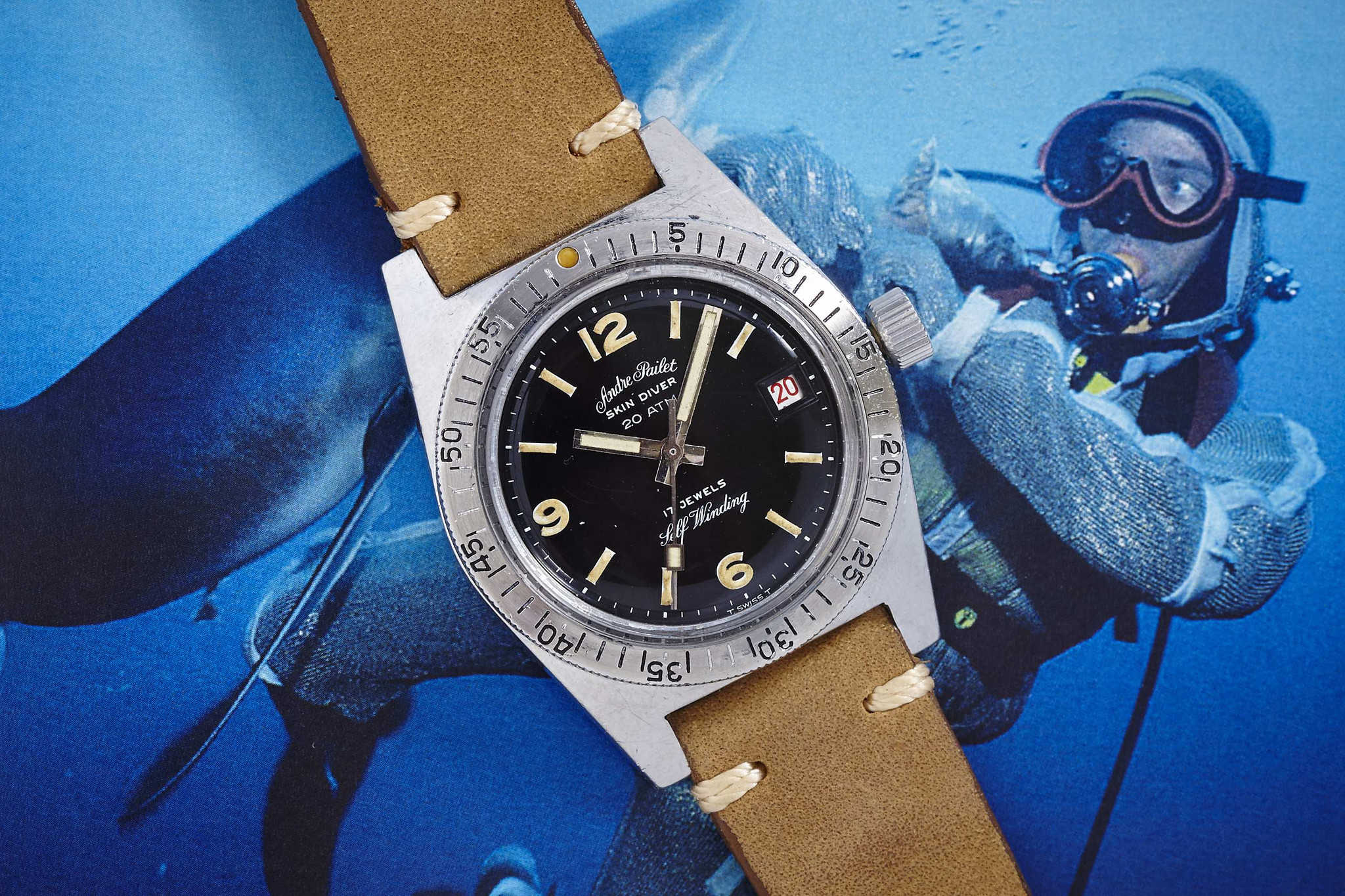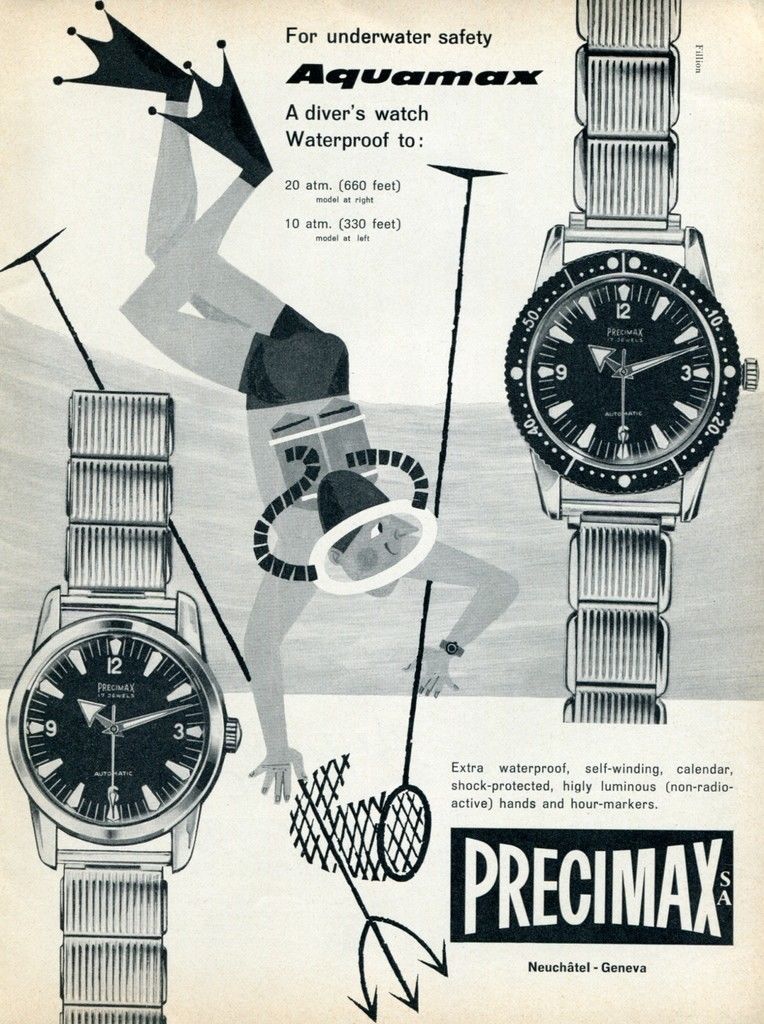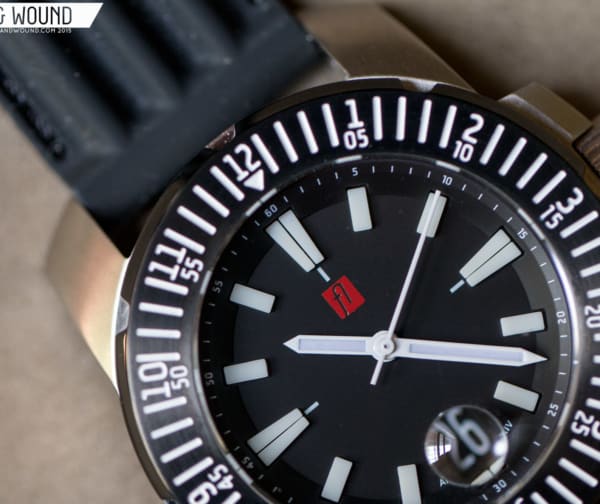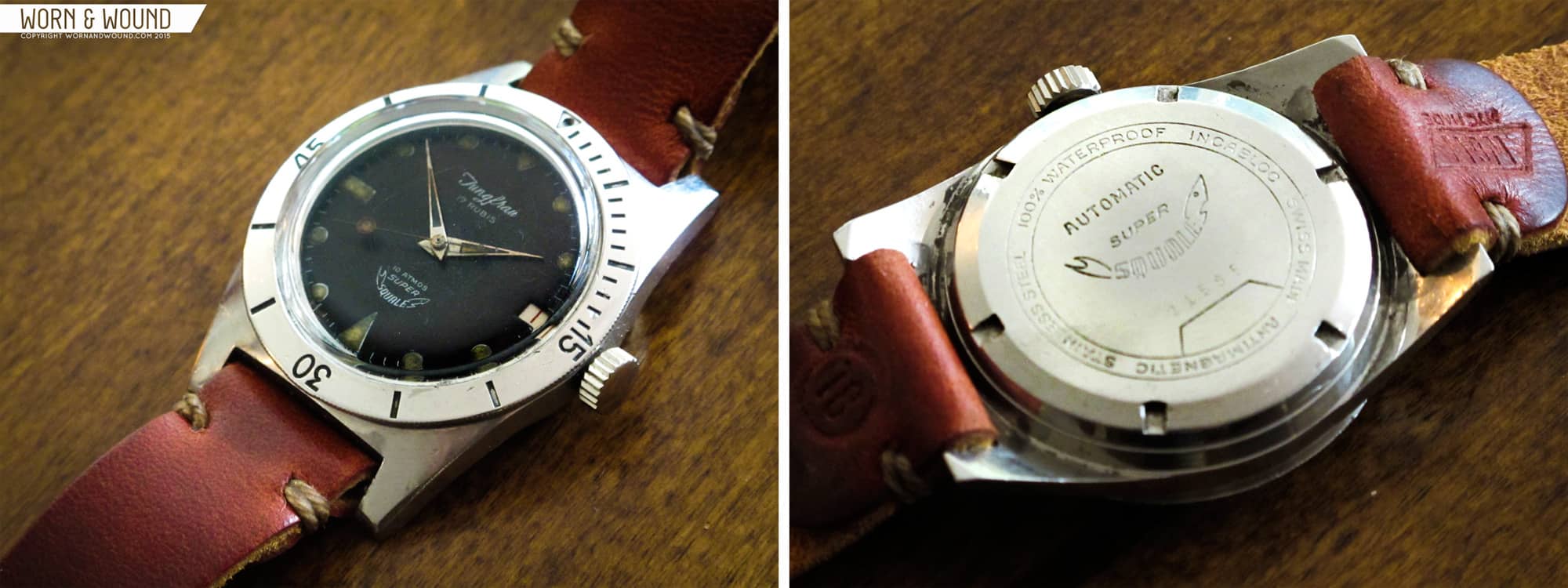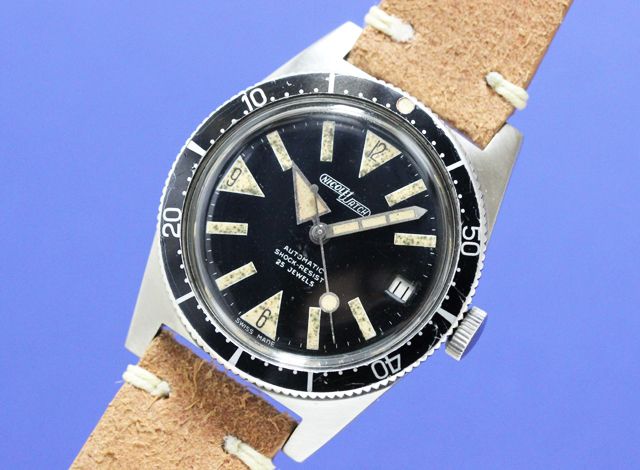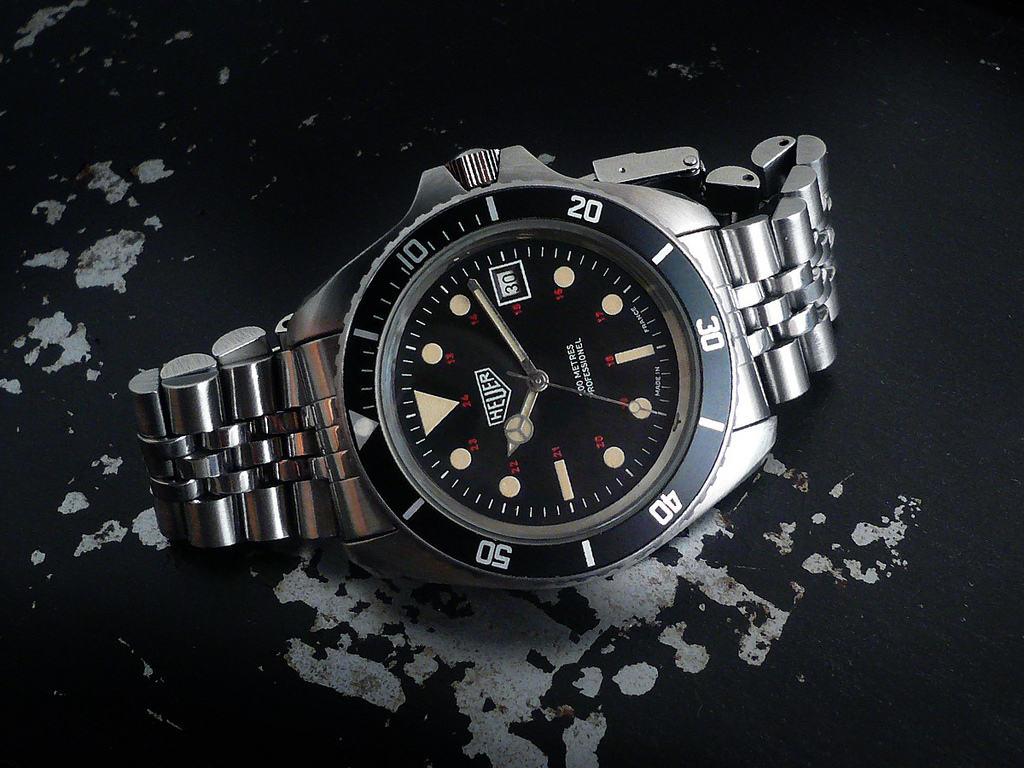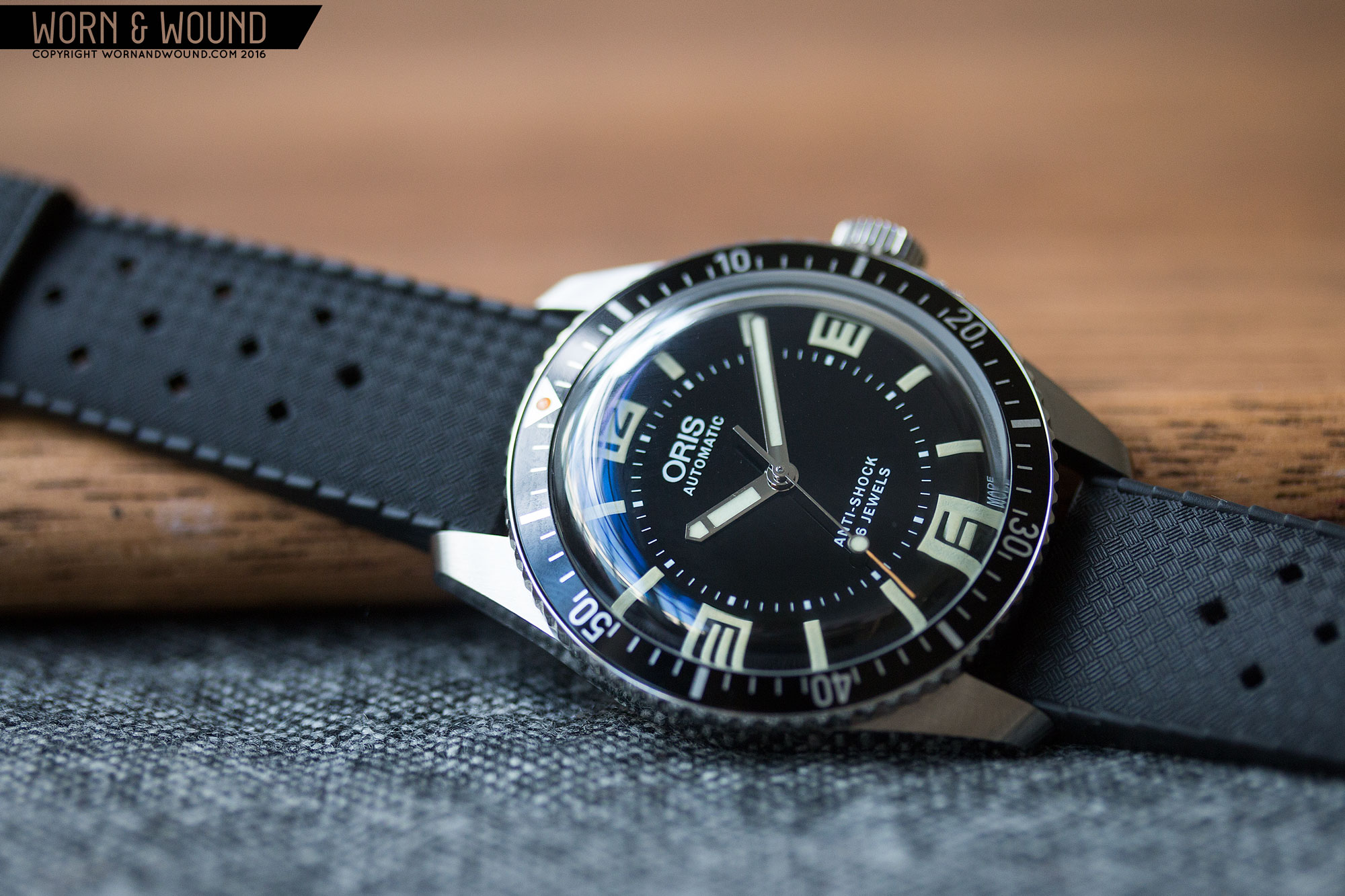Part of the appeal of dive watches is the idea of sheer functionality—the sense that the hunk of metal strapped to your wrist could, at any given time, sink down hundreds of meters into the ocean and work as well as the day it left the factory. It’s a captivating idea, but one that also leads to some very chunky case designs in the pursuit of ever-higher depth ratings.
Luckily, since the early days of commercial divers there have evolved three distinct breeds of timepiece. The first are the professional divers—think Doxa Subs, Omega Ploprofs, and the like. These big, brutal pieces strive for function above all else, birthing some unique and iconic designs along the way.
Second, there are what we might call the “traditional divers.” These are watches that are best exemplified by the likes of the Rolex Submariner, the Blancpain Fifty Fathoms, and Omega’s Seamster Professional, three archetypes that usually come to mind when dive watches are mentioned. Extremely capable and handsome timepieces that tend to conform to a similar base visual plan, these are far and away the most common.









 Featured Videos
Featured Videos




